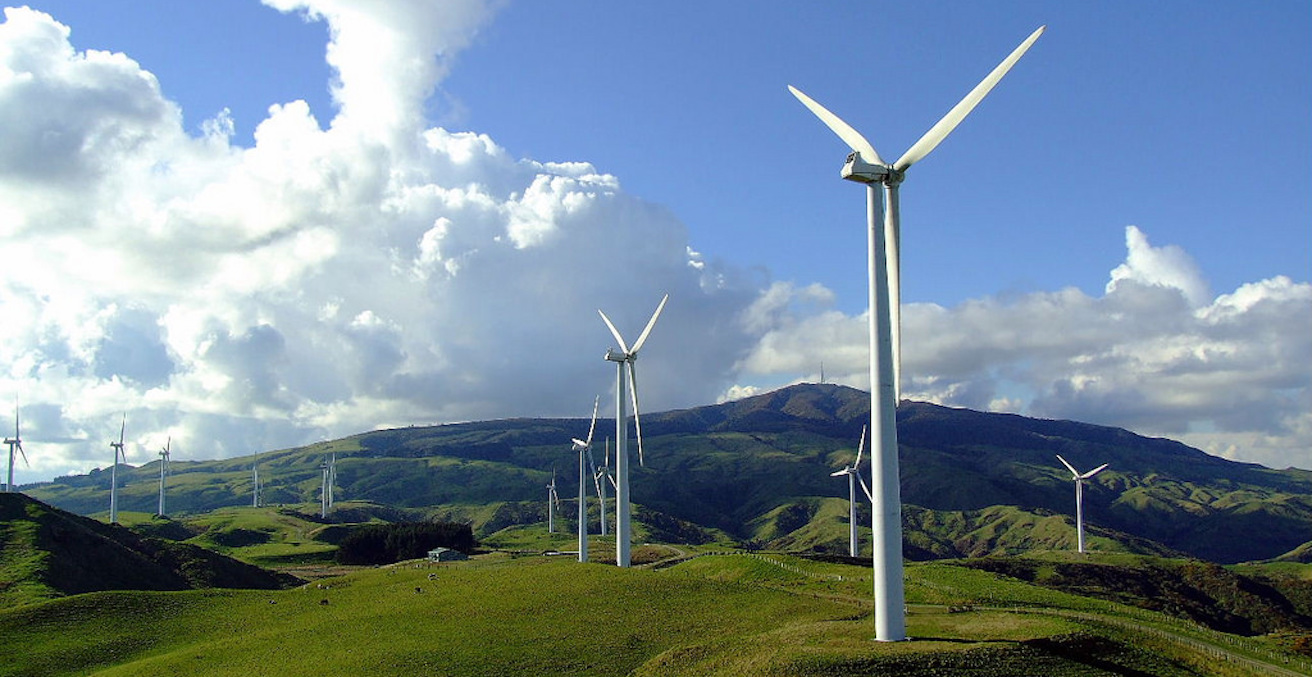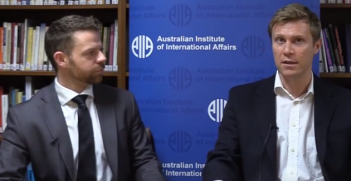Ensuring Renewable Energy Doesn't Fuel Conflict

The rise of renewable energy has seen the world enter into a new era, however these technologies bring both risk and reward. Government and business need to learn the lessons from past errors and successes of extractive industries.
In the shift to new renewable energy systems, its necessary to call on government and business to heed the lessons learned in the fossil fuel era. Mired by scandals, there are numerous examples of energy companies damaging local environments, abusing the rights of local communities and indigenous peoples, forcing resettlement and even fuelling violent conflict.
For renewable energy industries, responding to environmental issues is a priority. But it should also be a priority to implement best-practices already developed to ensure companies create shared value with communities, respect human rights and, in conflict-prone countries, avoid exacerbating existing conflict. This will ensure the renewable energy era does not simply repeat past errors by the extractive and fossil fuel energy industries and, whether unwittingly or not, governments.
Internationally, companies across industries have developed (to varying degrees of actual impact) general corporate social responsibility (CSR), sustainability and human rights policies. Some companies operating in high-risk areas in the mining and fossil fuel energy sectors have incorporated a do-no-harm approach to operations, using conflict-sensitive business approaches. These practices consider the conflict context and its actors and dynamics as well as the interaction between any business intervention and its context. More broadly, international voluntary mechanisms addressing business and human rights or conflict include the OECD Due Diligence Guidance for Responsible Supply Chains of Minerals from Conflict-Affected and High-Risk Areas, the United Nations Guidelines on Business and Human Rights and the Extractive Industries Transparency Initiative.
It is to these initiatives, alongside ethical business approaches, that governments, businesses and civil society actors must look in order to prevent destructive outcomes in emerging renewable energy systems. Renewable energy can be implemented so that it assists affordable energy access, equity, prosperity, environmental sustainability and peaceful communities. Before further exploring this, let us look at some broad potential flashpoints arising from the energy revolution. These include:
- The production of essential materials for new renewable energy technologies which include critical materials (such as rare earths, lithium and cobalt). These pose security of supply risks due to scarcity, being available in only one or a few countries. Some governments have prepared critical materials lists and strategies to reduce supply risk;
- Supply chains which contain conflict minerals (such as tin, tungsten, tantalum and gold) which, when extracted, can exacerbate human rights abuses in conflict-affected and high-risk areas;
- Development of a new resource curse in countries producing such materials;
- Interstate tensions arising from these materials’ supply (such as the situation where China provides most of the world’s rare earths);
- China’s leadership in global renewable energy investment and its One Belt, One Road initiative, a foreign policy and economic strategy bringing development including energy infrastructure to developing countries in Asia and beyond;
- Large-scale renewable energy projects such as solar farms requiring land and causing similar tensions in communities as mining sites have, over land-grabs and community resettlement;
- The cross-border internationalisation of electricity grids and potential use by countries of electricity provision for cooperative or coercive foreign policy goals;
- Decreasing oil, gas and coal use and the impact of this on producer and importer states;
- Long-term, the potential for diminished interstate tensions over energy as countries build domestic renewable energy capacity, but possible ongoing intrastate instability caused by renewable energy projects, such as those that require land; and
- Overstepping planetary limits despite the use of renewable energy, as sustainable development and green growth continue on an increased consumption path.
Sustainable governance of materials
Examples of global efforts to strengthen the sustainable governance of materials include implementing circular economies, lifecycle assessments and country strategies for security of supply of critical materials focusing on recycling, re-use, substitution and the identification of alternative sources. The International Resource Panel explores, among many other issues, resource efficiency and global materials stocks and flows. The UN Economic Commission for Europe (UNECE) is developing a framework classification of resources which accommodates social and environmental considerations.
Corporations are now jostling for long-term contracts for particular materials. US President Donald Trump’s executive order in December 2017 called for the development of a strategy to decrease the United States’ reliance on critical materials. A report by the US Geological Survey in 2017 reviews 23 critical materials and assesses their global distribution and availability. It also explores environmental issues and approaches linked to their production that could counter supply challenges.
This is insufficient. Critical materials strategies and broader sustainable governance schemes for materials must incorporate approaches for avoiding negative social, human rights and conflict outcomes from materials production. This will help avoid disruptions to extraction and supply, as well as protect vulnerable populations. One example is the application of corporate peace-building approaches that aim to build prosperous, peaceful communities.
Corporate peace-building
Research and practice in the Business for Peace field, which emerged around 20 years ago, demonstrates how businesses can ensure they do not fuel conflict within countries and can help build peace and local development under certain circumstances.
Research has explored the conflict and peace impacts of extractive industries and has shown that companies can restructure their corporate social responsibility approach to include corporate peace-building. Corporate peace-building, a voluntary business practice, provides companies, governments and civil society with frameworks, activities and tools to identify how business can support peace-building via, for instance, promoting equity, good governance, anti-corruption and jobs. In company-community conflict, business can apply best-practice human rights due diligence, conflict-resolution and grievance mechanisms to enable redress. Where appropriate, business may support peace-making efforts in conflicts between communities, groups and governments.
Corporate peace-building can be applied by the renewable energy industry. A corporate peace-building approach could potentially assist renewable energy companies to align better with expanding critical materials, conflict minerals and broader sustainable governance mechanisms for materials. As well as contributing to protecting the supply security of materials, such an approach can help companies avoid significant conflict costs such as raised insurance premiums and attacks on site infrastructure.
Published cases of renewable energy projects underpinning peace are still quite rare. Dario Kenner from Why Green Economy? provides two relevant cases. In Eldoret, Kenya ethnic communities that have experienced interethnic conflict became part of a project that used solar lamps to encourage reconciliation. The project provided a common goal: to decrease the use of expensive, unhealthy kerosene fuel. Ethnic groups cooperate to generate resources to buy solar lamps, while the lamps also reduce indoor air pollution and raise incomes.
In Mexico, intimidation and violence has been aimed at indigenous communities protesting violations of their rights in the development of wind farms. However, the Ixtepec wind project, a community-owned wind farm in Oaxaca, was facilitated by a company, Yansa. Yansa committed to minimal impact on agriculture and half of the wind farm’s income returns to the local community to fund community programs and compensate landowners.
Dr Natalie Ralph is an associate research fellow with the Australian Research Council’s Centre of Excellence for Electromaterials Science. She is based at the Alfred Deakin Institute, Deakin University, Melbourne.
This article is published under a Creative Commons Licence and may be republished with attribution.





